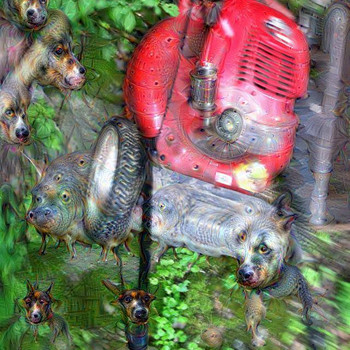A stick figure is pushing three boxes across the screen. The mass of the blue box is 74kg, the mass of the red box is 86kg and the mass of the yellow box is 16kg. What is the friction force on the red box?
1 Answer
Too little information is given to answer the question.
Explanation:
From the text of the question, it's not clear how the boxes are arranged. Are they stacked on top of each other? What order are then in? Or are they arranged end to end?
We are not given the friction coefficient of the boxes and the floor. Or between the boxes.
And finally, we don't know if the boxes are moving at constant velocity and, if so, is a force required to maintain this constant velocity. On a frictionless surface, the answer could be that there is no frictional force involved in the motion.
Assuming that they are moving at a constant velocity, that they are stacked with red in the middle, and that a force (
If the stick figure is pushing on the topmost box, this force is being exerted between the top and middle surfaces and an equal and opposite force is being exerted between the middle and bottom surfaces. There is no net acceleration. If you want to total friction (not a very useful idea in this case) then the frictional force on the middle box is
If, on the other hand, the stick figure is pushing on the bottom box, the frictional force is only between the bottom box and the floor. Again, there is no net acceleration of the middle box. So the surfaces are simply moving together at a constant velocity. The frictional force is zero. (

